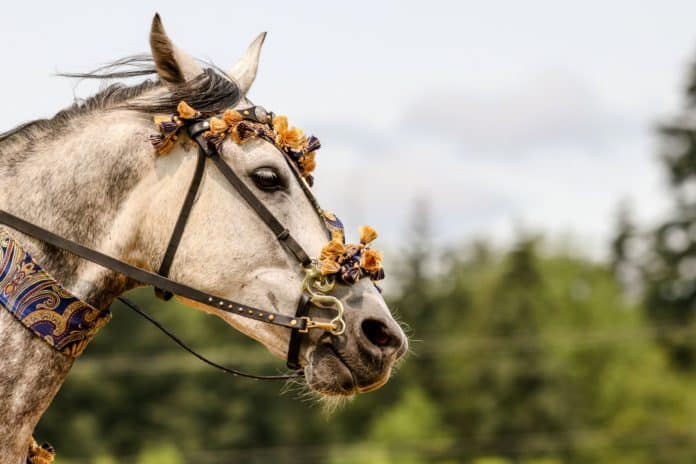Ancient DNA is uncovering the secrets of the unique population of the Iberian horse. a study published on OXFORD ACDEMIC include unexpected findings from the DNA of horses who lived thousands of years ago on the Iberian Peninsula.
The data indicate the close genetic relationship, at a mtDNA level, between Northern African and Iberian horse populations commonly known as the barb, with a slight genetic influence from the British horse but without any gene presence from the Arabian horse.
“The number of mtDNA haplotypes shared between Barb and Iberian horses would support the classical hypothesis suggesting that the ancestral Iberian horse population would basically be North African in origin (Aparicio 1944; Sotillo and Serrano 1985), archaeological findings and cave paintings suggest that light horses with convex head profiles (characteristic of present Barb and Southern Iberian horses) have been the most frequent in the entire Iberian territory (Aparicio 1944).”
This evidence allows us to reject the hypothesis of an introgression of Arab horses during the Muslim period after 700 CE as the sole explanation for the present situation of Iberian horses. The Muslim people who took part in the invasion of the Iberian Peninsula were small in number with respect to the existing human population. The number of horses brought over by the Muslims has been estimated also to be small, which means that most of what came in the “Islamic” narrations about the entry of more that 50,000 Arab horses -during the 8th century- into Iberia is in fact baseless.
This geographical clusterization and extensive genetic diversity, together with the aforementioned archaeological findings, are consistent with the presence of wild mares for domestication in this geographical area (Jansen et al. 2002). However, our results do not clarify without uncertainty the size and direction of the gene flow between them. In this respect, the introgression of Iberian horses into North Africa has happened, at least, from Roman times to early 20th century. The basis genetic differentiation between Northern and Southern Iberian horse groups is that matrilines related to the Northern African cluster are the most common in Iberian horse breeds, regardless of geography or phenotype.

